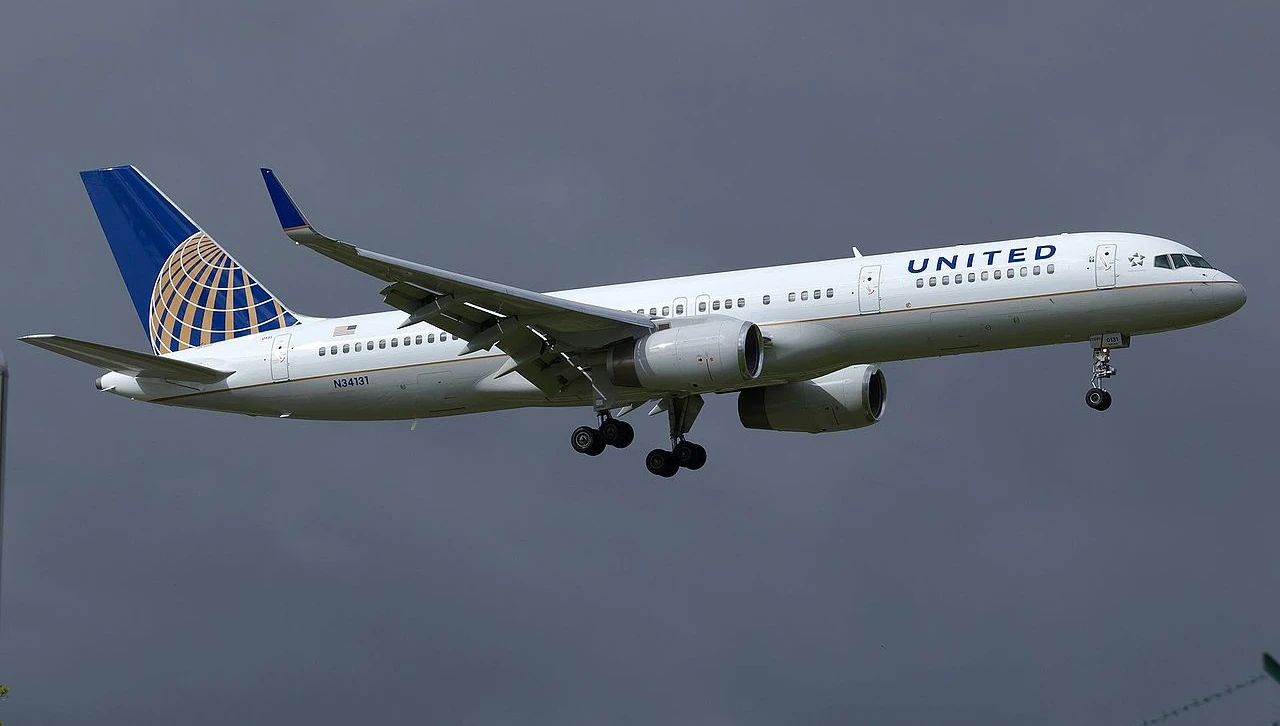Russia’s GDP data show that the country’s economy has grown for four straight quarters after a drop of more than 4% a year ago. Bloomberg reports that this goes against predictions that sanctions from the West would cause a long-term decline. Industrial production has increased because of more money spent on defence, and consumer demand is growing because of more money spent on social services and higher pay.
Even though the Russian economy is growing, the ruble is getting close to 100 rubles to the dollar after the official exchange rate fell by 25%. Along with the Turkish lira and the Argentine peso, the Russian ruble is one of the world’s three poorest currencies in 2023. A year ago, the exchange rate for the ruble was 60 rubles per dollar. Now, it’s getting close to 100 rubles per dollar. The Russian government hasn’t been able to make the ruble stronger.
Causes of the decline
Sanctions and capital outflows from the country are pressuring the ruble.
Exporters also contribute to the ruble’s decline. To partially strengthen the ruble last year, the Russian government required companies to sell 80% of their foreign currency earnings, thereby increasing supply on the exchange. Since then, however, the prospect of blockades has rendered payments in dollars and euros unsafe, and businesses are actively shifting to settlements in rubles, including with foreign parties. Due to these transactions, companies do not receive the foreign currency they could sell, thereby bolstering the ruble. From $16.8 billion in July 2022 to $6.9 billion in July 2023, the volume of foreign currency revenue sales decreased by more than half.
Will it get worse?
Inflation rates may rise as a result of the ruble’s decline. However, experts agree there is currently little evidence of considerable inflationary pressure in Russia. However, the ruble opened the conflict at 80 rubles to the dollar, so the devaluation over the past year and a half has not been particularly noteworthy.
Elvira Nabiullina, the head of the Russian Central Bank, acknowledges that the ruble’s devaluation affects inflation expectations and will ultimately affect prices, so the country’s key rate could be raised once more. If this occurs, bank deposits will become more appealing to a population holding foreign currency. Last July 21, the Central Bank made a similar decision but did not halt the devaluation: the ruble has lost 7% of its value against the dollar since then. As mentioned, since the beginning of the year, the value of the Russian currency has decreased by 25%.
The majority of experts believe a dollar-to-ruble exchange rate of 100 in August is quite probable. It is also possible to revert to Soviet practises, with multiple ruble exchange rates – both official and unofficial.






